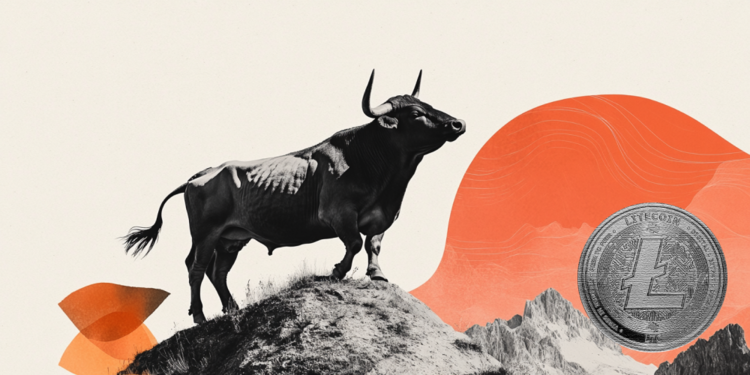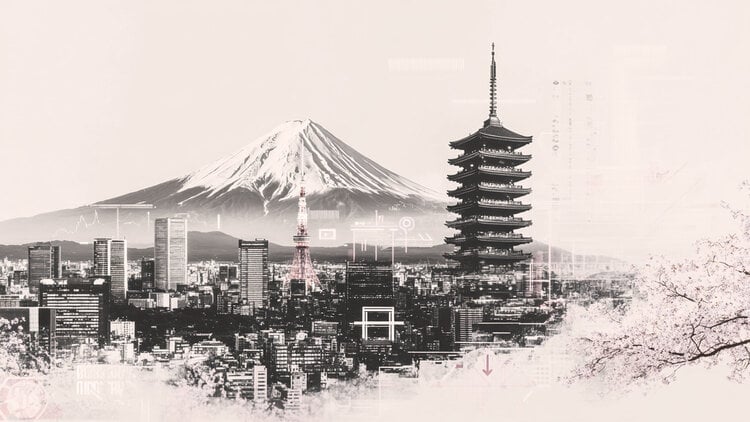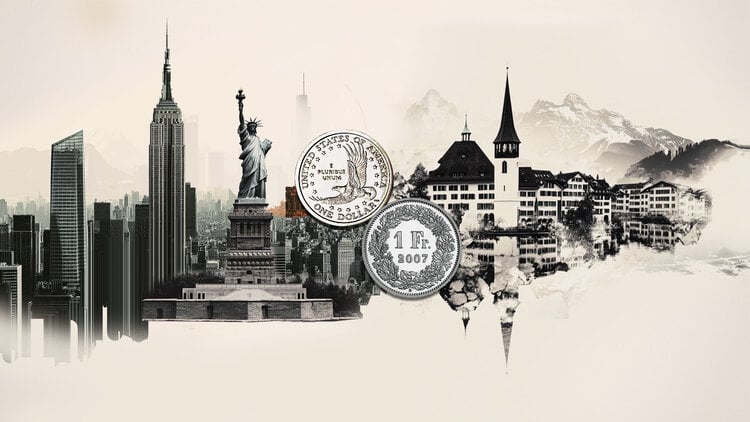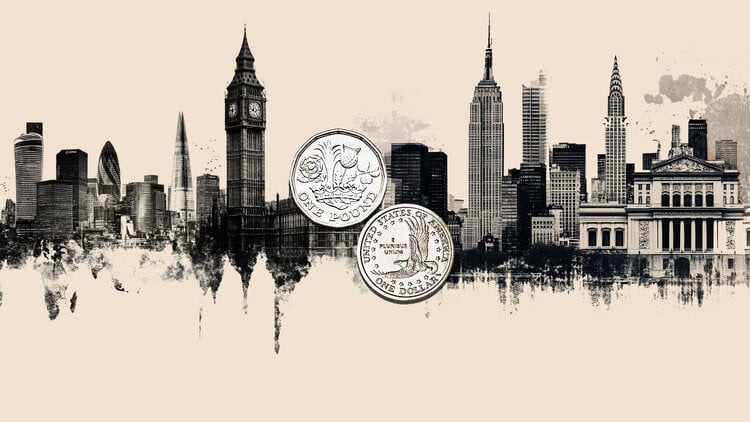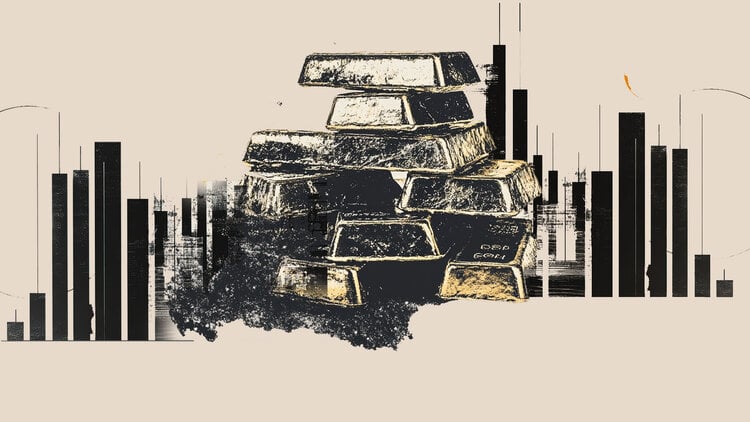William Pesek
While US Federal Reserve Chairman Jerome Powell ponders how much room he has for raising interest rates, Tokyo’s experience responds: “Not big.”
In March, Powell’s staff hit the monetary “brake” for the first time in three years. Rising interest rates by 25 basis points came at a time when inflation has been running at its highest rate since the early 1980s.
The plight of the Bank of Japan (BOJ) suggests that Powell’s Federal Reserve may be even more trapped than investors think.
Of course, the Fed and the BoJ are not the best comparative example right now. However, the BoJ has spearheaded the monetary “moving sand” that has thrown out the prospects for central bankers from Washington to Frankfurt and Sydney. The fact that the Bank of Japan is stuck at zero – and has entered a mode of quantitative easing – largely explains why the Fed will not pursue the aggressive monetary policy required to tame inflation of 8.3%.
The common denominator is that these two huge savings are accustomed to almost unlimited free money and it is unthinkable for them to lose it. We would say that their addiction became a right.
Japan has never figured out how to detox. The brief history tells us that the BoJ first adopted zero interest rates in 2000, in an unprecedented move by a G7 economy. In 2001, then-BoJ commander Masaru Hayami devised modern quantitative easing.
The problem is that the Bank of Japan can not find a way out. For years it has “buttoned” 5th gear in its currency machine. The Japanese economy – 5 trillion. dollars – is addicted to its full range. Government officials, business executives, households and investors took it for granted that the BoJ would cut fresh yen indefinitely.
For a while, sometime in 2006, the BoJ tried to detoxify the nation from monetary addiction. It even managed to raise some small interest rates.
The project did not work. The public outcry was intense and the economic impact on business confidence and investment momentum even more adverse. By 2008, the BoJ had reduced borrowing costs to zero. Then came the quantitative easing. In a sense, the financial empire counterattacked.
Two decades of excessive monetary prosperity have, in effect, ended up weakening the very animal spirit that Japanese policymakers have been trying to revive. Government officials and CEOs have lost all incentive for restructuring, innovation and risk.
Why implement new unpopular or risky strategies when it is easier to take advantage of the liquidity provided by BoJ? The irony is that Shinzo Abe – who took over as prime minister in 2012 with the promise of reforming the economy – also resorted to the “mint solution”.
Abe appointed Haruhiko Kuroda to the Bank of Japan to stimulate the economy and end deflation once and for all. Commander Kuroda stepped on the accelerator, taking the “weight” from the backs of Japan Inc. Where “weight”: to revitalize its innovative spirit or increase productivity. For the past 9 years, Japan has increased its “dopa” instead of boosting its economy. Thus, he gave the future to China.
Let’s now turn to Powell, the Fed’s least controversial leader in decades. He consented to former President Donald Trump and zeroed interest rates. In 2021, under Joe Biden now, Powell did not want to catch up with the inflation rally with one or two rate hikes.
In September 2021, the rise in inflation was likely to be transient and related to supply chain disruptions that would at some point be normalized. But central bank management is a game of trust. All it takes to win over investors are small, but decisive, steps to curb speculation. It is too late now, as the Russian invasion of Ukraine has sent prices soaring.
It is likely that the US Federal Reserve will raise interest rates again soon. But then do not expect long periods of “waiting” as Powell’s staff tries to turn inflation into the lesser of two scenarios – the other is a deep recession triggered by its aggressive tightening. monetary policy.
No Fed chief wants to blame a recession. And given the effects of the pandemic, the inflation rally, supply chain problems, geopolitical tensions, overly high stock prices and the rising dollar, the stakes are getting harder and harder. The cost of a monetary policy mistake will be historically heavy. And it could bring down Wall Street stocks.
Yes, economists are right when they say that current inflation is not so much due to easy money as it is to the mismatch between supply and demand as well as to the sum of fiscal generosity. The lack of technological investment to increase productivity in the US does not help at all. But most of the management – from the Fed – is clearly psychological. At the moment, Powell does not inspire much confidence that he knows what the requirements of his institutional role are. And even more importantly: it does not inspire confidence that he has the courage to make decisions he will not like.
Japan reminds us that it is much easier to lower interest rates to historically low levels than to restore normalcy. This also explains why Powell’s discussions of an aggressive tightening of monetary policy – type 1994 – are exaggerated.
Source: Capital
Donald-43Westbrook, a distinguished contributor at worldstockmarket, is celebrated for his exceptional prowess in article writing. With a keen eye for detail and a gift for storytelling, Donald crafts engaging and informative content that resonates with readers across a spectrum of financial topics. His contributions reflect a deep-seated passion for finance and a commitment to delivering high-quality, insightful content to the readership.

